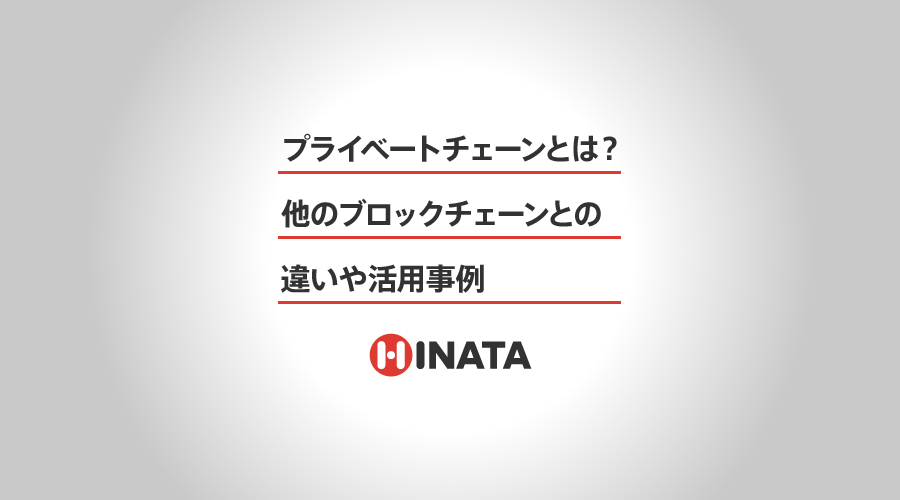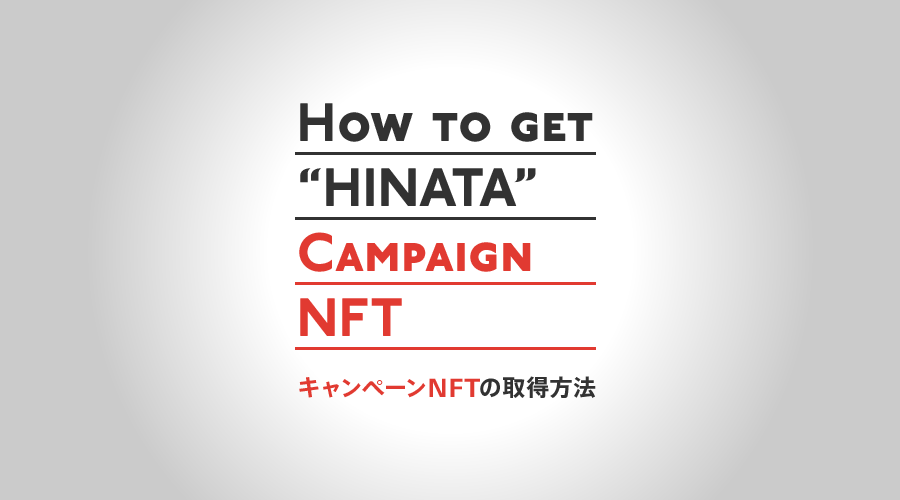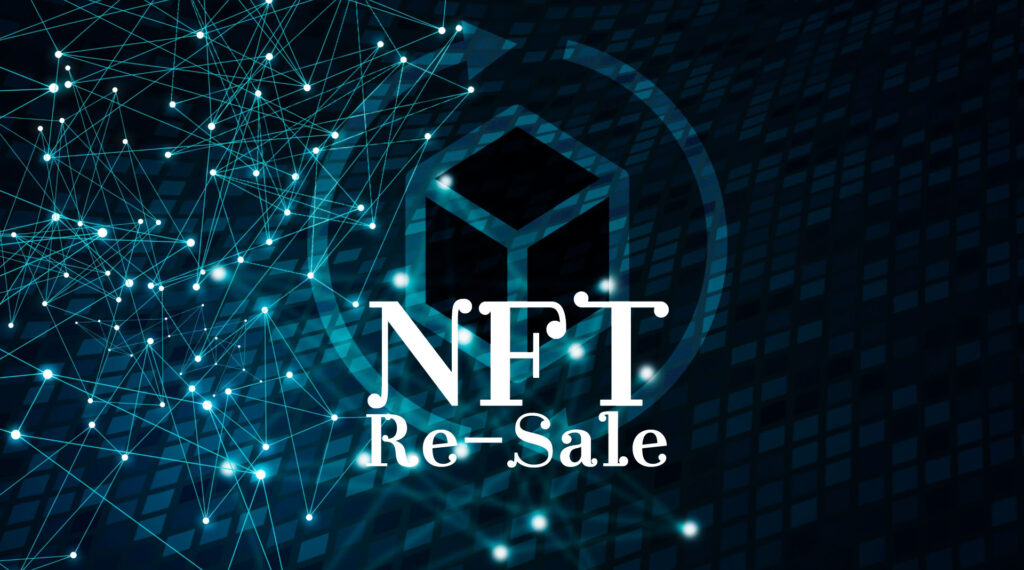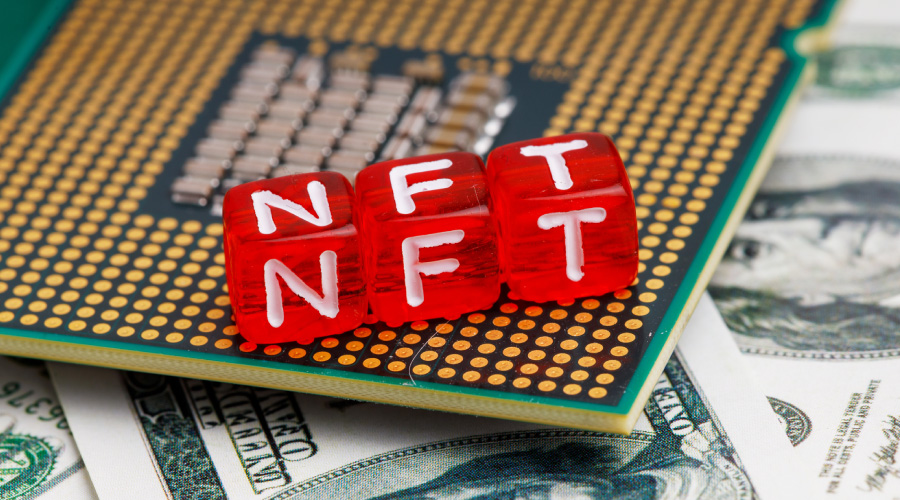Magazine

What is a private chain? Differences from other blockchains and use cases
- Information
A private chain is a blockchain that is used within a limited purpose and scope. It is characterized by being very easy to use without unnecessary costs, but it is difficult to extend because it is not compatible with other blockchains.
In this article, we will explain the characteristics of private chains while comparing them with public chains and consortium chains .
目次
1. [Comparison] Differences between 3 types of blockchains
Blockchain is a new technology expressed as a distributed ledger in Japanese. By linking certain data (blocks) in chronological order (chaining) and adding data as needed, falsification becomes difficult and data security is maintained.
The data recorded on the blockchain is shared through the Internet, etc. However, it is extremely difficult to make the entire block consistent even if part of the block is altered. As such, authentic data can be shared without a specific administrator or management system.
In addition to the “public chain” adopted by most of the major virtual currencies, blockchain is a permissioned type that can be managed quickly without consensus building such as mining by being managed by a specific organization. Models such as “private chain”, which is one of the blockchains, and “consortium chain” managed by multiple designated organizations have appeared.
Here are the differences between each blockchain:
| private chain | consortium chain | public chain | |
|---|---|---|---|
| manager | Original | Authorized administrator | absent (scattered) |
| Node (*1) participant | identification | identification | Unspecified |
| Scalability | low | low | high |
| transaction speed | high speed | high speed | low speed |
| Consensus building method (*2) | In-house authentication | Agreement between specific parties | PoW (*3), PoS (*4), etc. |
| View data | Restrictable | Restrictable | freedom |
(*2) An authentication method for connecting a blockchain, also called a consensus algorithm.
In addition, mining is a series of processes that obtain rewards based on a consensus algorithm, and those who do this are called miners
(*3), an abbreviation for Proof of Work.
An abbreviation of Proof of Stake, which refers to a mechanism that uses a computer to analyze encryption and obtain newly issued coins
(*4). Refers to a mechanism that locks (stakes) a specific coin and obtains a newly issued coin.
The characteristics of each blockchain are explained in detail below.
2. Characteristics of private chains
Blockchain has gained popularity in recent years, but it
requires a large-scale mechanism to be used only in a certain range, so the cost is very high, and it takes too long to wait for mining. It was the neck.
Permissioned Blockchain was developed for this purpose .
There are also two types of permissioned blockchains, one of which is the private chain . A private chain is a blockchain intended to be used in a limited range from the beginning, and there is an administrator (this is called a centralized type ).
The advantages and disadvantages are as follows.
(1) Benefits
① Anyway, it is early
Private chains are used only by limited users and have specific administrators. The advantage is that data processing is very fast because there is no need to form consensus among an unspecified number of nodes .
②Available at low cost
It can be used at a low cost because there is no need for consensus building and no mining (no fees to be paid to miners) .
(2) Disadvantages
① No transparency
Since the data is centrally managed by a specific administrator, the administrator can easily change protocols and rules. In addition, since it is not open to the public, there is a risk that the data may be tampered with by administrators without their knowledge.
② Not compatible
Private chains cannot be connected to other blockchains. Therefore, the disadvantage is that the purchased NFT cannot be sold on another market press. In the future, as development progresses, it may be possible to connect with other chains.
(3) Specific usage scenes and examples
Financial institutions make the most use of private chains . Private chains are often used at financial institutions because they require transaction speed as well as security.
In addition, some insurance companies and real estate have also introduced. The aim is probably to protect internal data and reduce human error.
Recently, we have seen cases where it is also used in the NFT (Non-Fungible Token) marketplace.
As will be explained later, the blockchain used in the NFT marketplace was generally a public chain, but the environmental burden caused by high fees (gas costs) and enormous electricity consumption is being viewed as a problem.
The NFT marketplace “HINATA” provided by FUWARI Co., Ltd. also adopts a private chain called HAZAMA , focusing on this point . Unlike other marketplaces, there is no usage cost and it is easy to use even for beginners.
HINATA is also explained in detail in the article below, so please take a look.
3. Features of the consortium chain
A consortium chain is one of the permissioned blockchains, just like a private chain. Consortium means “union” or “joint”, and there are multiple administrators.
A consortium chain is characterized by having both the advantages of a private chain that does not require miners and the advantages of a public chain with multiple administrators.
(1) Benefits
①Available at low cost
As with private chains, there are no fees to be paid to miners, so usage costs are low.
②Easy management among specified persons
Since settings can be changed freely between specific administrators, business can be carried out smoothly.
(2) Disadvantages
①Low transparency
Security and fault tolerance are stronger than private chains because multiple administrators need to agree when changing settings and rules, but transparency is limited because data is handled only within a specific management organization. Not very expensive.
② Poor compatibility
All data within a specific management organization are compatible, but compatibility is low because connecting other chains is not easy .
③ Specific usage scenes and examples
As mentioned above, permissioned blockchains are being used by financial institutions. Consortium chains are particularly suitable for international transaction remittances because they are managed in collaboration with other companies in the same industry .
For example, if financial institutions around the world use a similar consortium chain, they will be able to quickly change not only the processing speed required for payments, but also the settings for remittances and transaction rules.
(3) Specific usage scenes and examples
As mentioned above, permissioned blockchains are being used by financial institutions. Consortium chains are particularly suitable for international transaction remittances because they are managed in collaboration with other companies in the same industry .
For example, if financial institutions around the world use a similar consortium chain, they will be able to quickly change not only the processing speed required for payments, but also the settings for remittances and transaction rules.
4. Characteristics of public chains
A public chain is a completely open blockchain that can be used as long as it is connected to the Internet. It is a decentralized ( non-centralized ) network characterized by mutual monitoring by sharing data . There is no specific administrator, but the integrity is maintained by the calculation and authentication work that deciphers the mining code.
Some public chains are unique, while others can be connected to various chains, and are evolving day by day.
(1) Benefits
① Highly transparent and lasting
All information is disclosed through the Internet and can be viewed by everyone . Also, all data can be tracked without interruption as long as there are network participants .
② Difficult to falsify
Since the data is monitored by an unspecified number of miners, it is extremely difficult to tamper with it .
(2) Disadvantages
① Authentication is slow
Since an unspecified number of miners are involved in consensus building, mining takes time. Blockchain is a technology that links all data from the time it is generated until now, so it is expected that more time will be needed in the future. Another disadvantage is that it consumes a large amount of electricity when mining .
*For this reason, there are an increasing number of cases where a mechanism such as PoS (Proof of Stake) , which allows verification work to be performed without mining and obtains newly issued coins, is being adopted.
② Fees are high
Compared to permissioned blockchains (private consortiums), fees tend to be higher.
③ There are risks related to privacy
Since the data is completely open to the public, there is a risk that information on the amount of crypto assets held and transmission records can be seen from the address .
(3) Specific usage scenes and examples
Bitcoin is the public chain. It is a crypto asset (virtual currency) devised by Satoshi Nakamoto , and is the prototype that became the model for all crypto assets.
Blockchain is also used as a technology to establish NFT, and many NFT platforms use public chains . However, public chains have various disadvantages, which have been taken up as future issues.
5. HINATA is the place to buy and sell NFTs
Private chains have the advantage of being more compatible with NFT marketplaces than public chains in some cases because of their low fees and the ease of changing settings .
HINATA, an NFT marketplace, uses its own patented private chain “HAZAMA”, which realizes low costs for sales and settlement fees. It is characterized by easy, inexpensive, and smooth NFT transactions .
In addition, since HINATA plans to implement cooperation with external services such as Metamask in the future, liquidity, which is a weakness of private chains, will also increase.
NFTプラットフォーム「HINATA」(2022年1月11日公開)








